About Renewable Energy
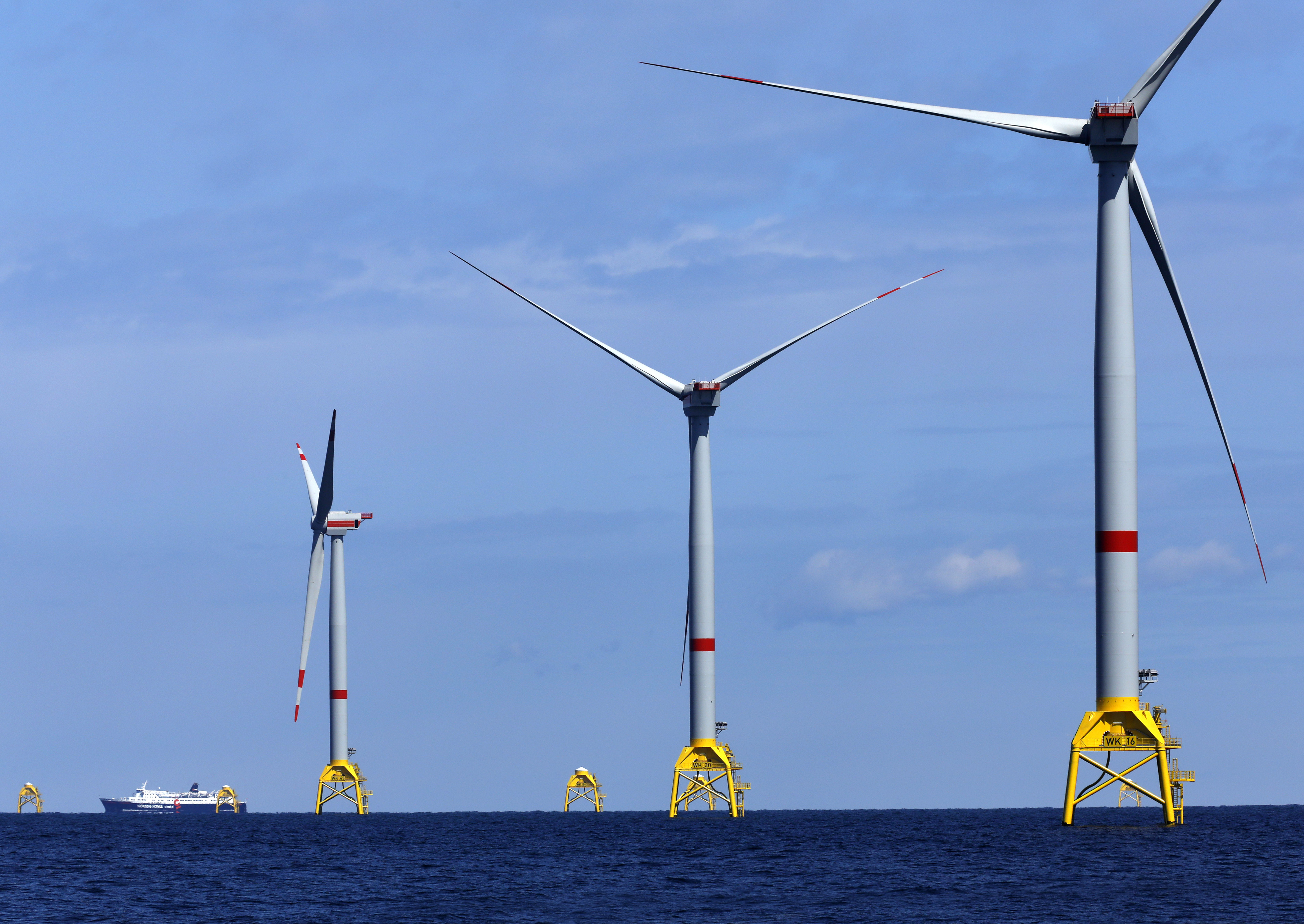
Governments around the world are looking to deliver clean growth:
- Reducing greenhouse gas emissions
- Ensuring an affordable and secure energy supply
- Securing jobs and exports.
UK clean growth & industrial agenda

In 2017, the UK Government published its Clean Growth Strategy https://www.gov.uk/government/publications/clean-growth-strategy and Industrial Strategy https://www.gov.uk/government/topical-events/the-uks-industrial-strategy.
“The Clean Growth Strategy sets outs how the UK is leading the world in cutting carbon emissions to combat climate change while driving economic growth.”
“Clean Growth means growing our national income while cutting greenhouse gas emissions … ensuring an affordable energy supply for businesses and consumers …”
Clean Growth Grand Challenge set in the Industrial Strategy: “We will maximise the advantages for UK industry for the global shift to clean growth – through leading the world in the development, manufacture and use of low carbon technologies, systems and services …”
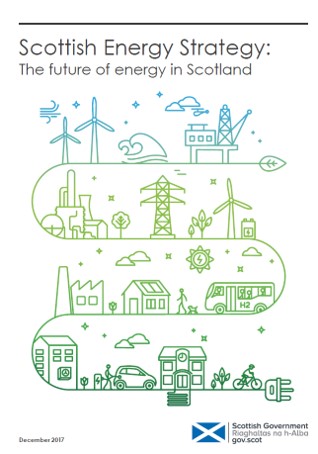
In December 2017, The Scottish Government published the Scottish Energy Strategy https://www.gov.scot/publications/scottish-energy-strategy-future-energy-scotland-9781788515276/ and Onshore Wind Policy Statement https://www.gov.scot/publications/onshore-wind-policy-statement-978]1788515283/
“Champion Scotland’s renewable energy potential, creating new jobs and supply chain opportunities”
Sets 2030 Target of “the equivalent of 50% of energy for Scotland’s heat, transport and electricity consumption to be supplied from renewable sources”
“Wind farms are no longer the new and unexpected feature that they once were, and are an established part of Scotland’s landscape. Given this, we expect in the longer term, a move on the part of the air navigation industry towards self-management of this issue. This could be achieved through the deployment of wind farm tolerant radar, or other technical solutions.”

The European Commission and Parliament in 2018 approved Binding EU-wide renewable energy target for 2030 of 32%, clause for upwards revision by 2023
“Member States shall collectively ensure that the share of energy from renewable sources in the Union’s gross final consumption of energy in 2030 is at least 32%.”
Commissioner for Climate Action and Energy Miguel Arias Cañete, 14 June 2018:
“This new ambition will help us meet our Paris Agreement goals and will translate into more jobs, lower energy bills for consumers and less energy imports… The binding nature of the target will also provide additional certainty to the investors.“
Ambitions of the UK offshore wind sector
The UK Offshore Wind Industry Council believes with appropriate policy support, it can deliver 30GW of offshore wing by 2030 and 50GW by 2050 – https://cdn.ymaws.com/www.renewableuk.com/resource/resmgr/publications/offshore_wind_industry_counc.pdf.
In the period to 2030, this represents:
- £48bn investment in UK infrastructure
- increasing exports fivefold to £2.6bn p.a.
- an annual reduction in electricity costs to consumers of £2.4bn
- the creation of 27,000 skilled jobs, so that by 2030 30GW of affordable clean energy will meet 1/3 of the UK’s electricity needs
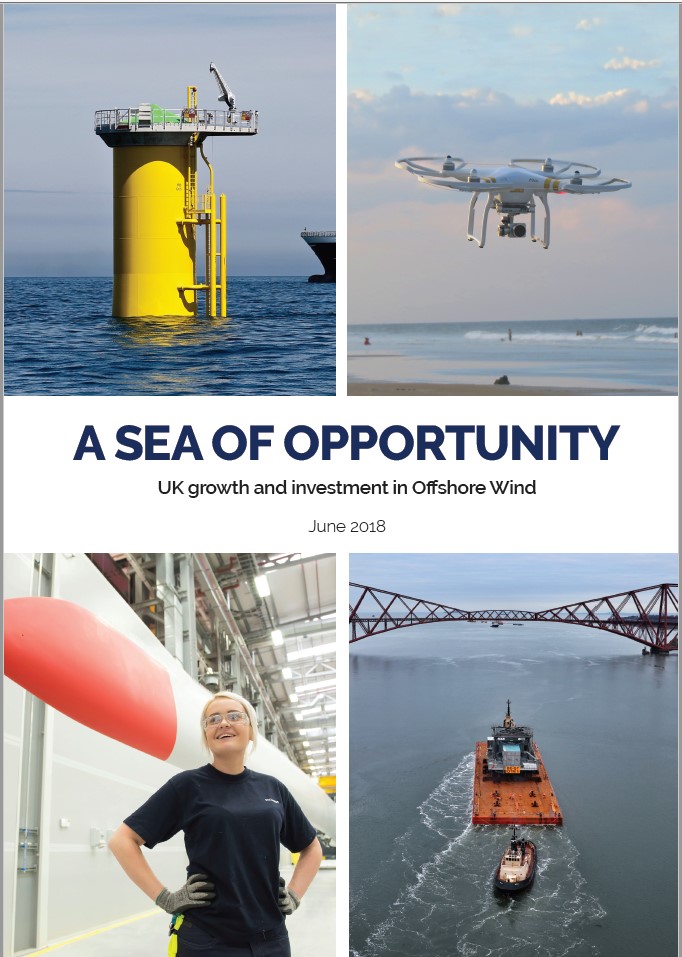
Future offshore leasing rounds
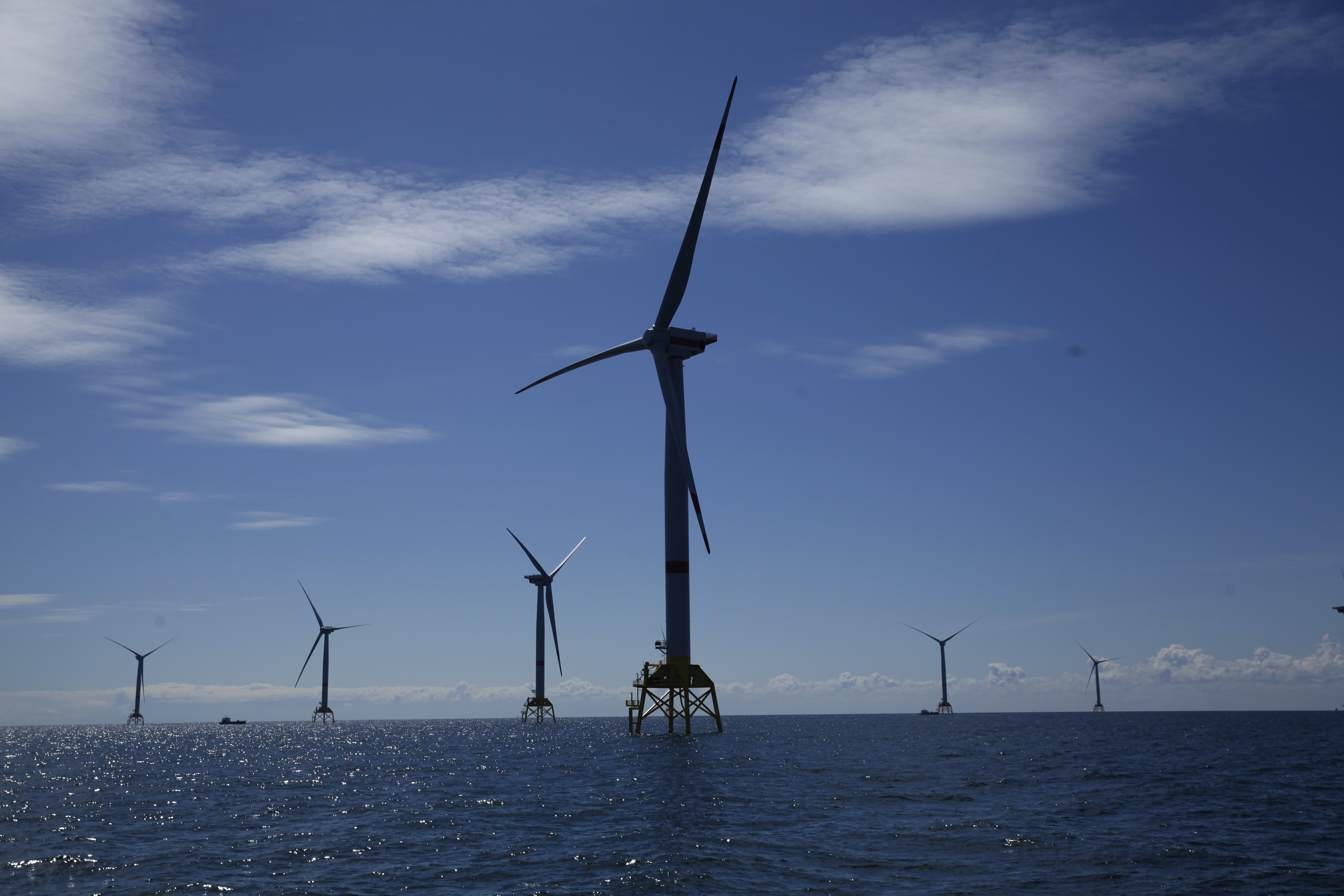
The Crown Estate and Crown Estate Scotland are actively exploring future offshore leasing rounds.
The Crown Estate is currently considering up over 3GW of extensions to operational offshore windfarms and a further c. 6GW for leasing to deliver for 2030. https://www.thecrownestate.co.uk/en-gb/media-and-insights/seabed-notices/offshore-wind/
Crown Estate Scotland is conducting a similar exercise and actively investigating the options for 10GW of floating offshore wind by 2050 https://www.thecrownestate.co.uk/en-gb/media-and-insights/seabed-notices/offshore-wind/
Onshore Wind – repowering & growth
Onshore wind continues to be the backbone of wind generation in the UK, with 13GW operational
Onshore wind is the cheapest form of low carbon & lowest cost form of new-build electricity generation available in UK today
From 2027, there will be repowering and life extension opportunities for 8GW – radar should no longer be a barrier to deployment
BVG Associates in the Power of Onshore Wind https://bvgassociates.com/the-power-of-onshore-wind/ established that with appropriate Contract for Difference support, an additional 5GW of onshore wind could be deployed by 2025, with cumulative >20GW of operational onshore wind by 2030
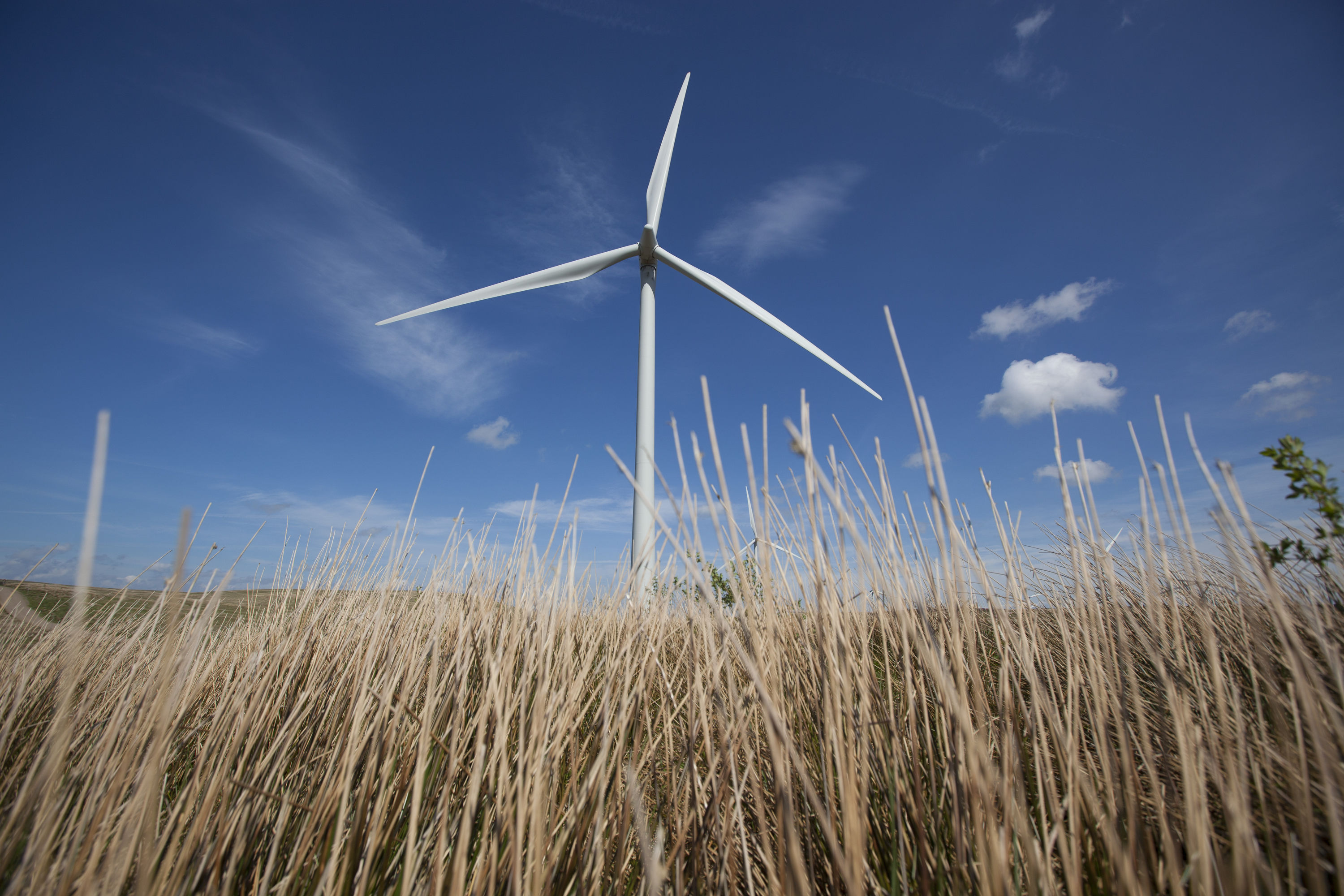
Achieving clean growth, while ensuring an affordable energy supply for businesses and consumers, is at the heart of the UK’s Industrial Strategy. It will increase productivity, create good jobs, boost earning power for people right across the country, and help protect the climate and environment upon which current and future generations depend.

